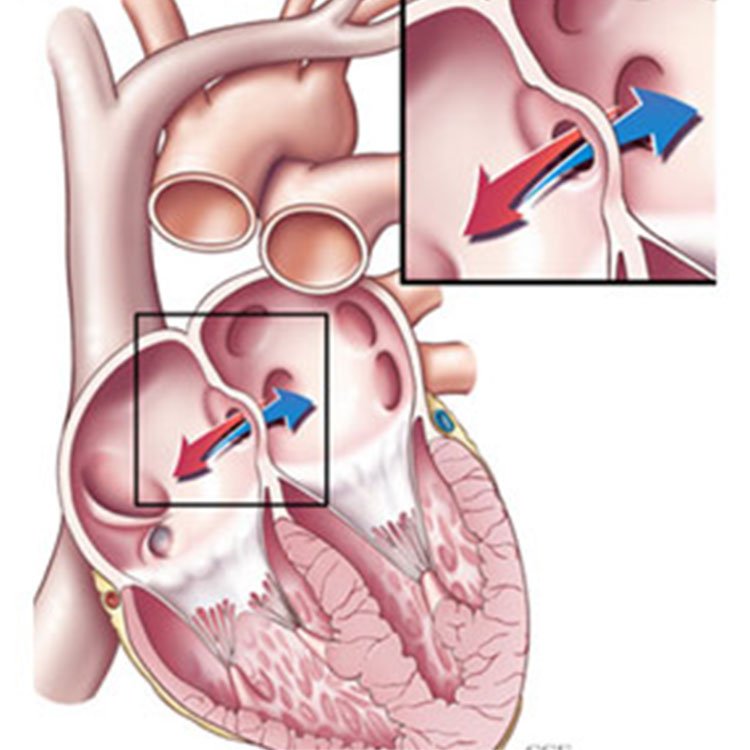Device Closure
What is Device Closure?
Device closure is a minimally invasive procedure used to repair certain types of congenital heart defects, such as holes in the heart. These defects, often present at birth, can include conditions like atrial septal defect (ASD) or patent ductus arteriosus (PDA). Instead of traditional open-heart surgery, device closure involves using a specialized device to close the hole, allowing the heart to function normally without the need for major surgery.
How Does Device Closure Work?
During the procedure, a thin, flexible tube (catheter) is inserted into a vein in the groin or arm and guided to the heart. A small, specially designed device is then delivered through the catheter to the site of the defect. Once positioned correctly, the device expands to cover the hole, closing it permanently. Over time, heart tissue grows over the device, further sealing the defect.

Why is Device Closure Done?
Device closure is performed to treat specific congenital heart defects that could lead to complications if left untreated. It is commonly done for conditions like:
– Atrial Septal Defect (ASD): A hole in the wall between the two upper chambers of the heart (atria).
– Ventricular Septal Defect (VSD): A hole in the wall between the two lower chambers of the heart (ventricles).
– Patent Ductus Arteriosus (PDA): A blood vessel that remains open after birth, which should normally close shortly after.
These defects can cause abnormal blood flow through the heart, leading to symptoms like fatigue, shortness of breath, or an increased risk of infections and heart failure.
Benefits of Device Closure
– Minimally Invasive: The procedure is done without the need for open-heart surgery, resulting in smaller incisions, less pain, and a quicker recovery.
– Shorter Hospital Stay: Most patients are able to return home within 1-2 days after the procedure.
– Effective Treatment: Device closure is highly effective in sealing the defect and improving heart function, with long-term success rates.
What Happens After Device Closure?
After the procedure, patients are typically monitored in the hospital for a short time. They can usually resume normal activities within a few days, though heavy physical activity may be restricted for a few weeks. Follow-up appointments are important to ensure the device is functioning properly and the heart is healing as expected.
Is Device Closure Safe?
Device closure is considered a safe and effective procedure for treating congenital heart defects. As with any medical procedure, there are some risks, such as bleeding, infection, or allergic reactions to materials used. However, these complications are rare, and the benefits of closing the defect often outweigh the risks.
When Should You Consider Device Closure?
Device closure is usually recommended for individuals with congenital heart defects that are causing symptoms or have the potential to lead to serious health issues. If you or your child has been diagnosed with an atrial septal defect, ventricular septal defect, or patent ductus arteriosus, your cardiologist will discuss whether device closure is the best option based on the size and location of the defect and overall health.
This procedure can significantly improve quality of life, prevent future complications, and restore normal heart function.
